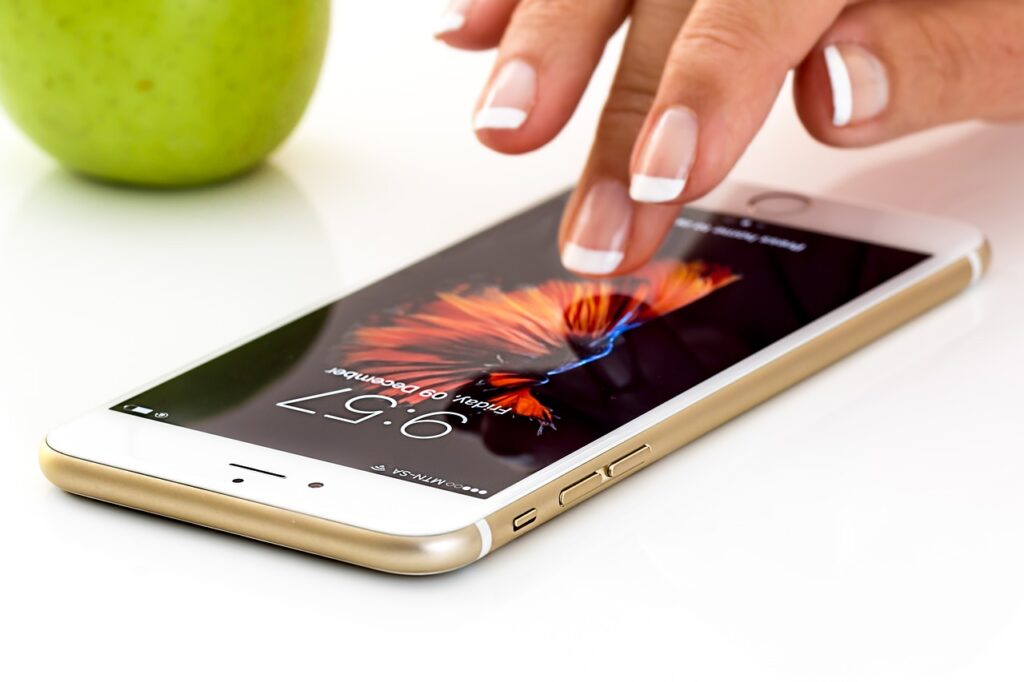Are you aware of the time when the initial Mobile Phone Call was made?

The history of mobile phones spans several decades, marked by significant technological advancements and changes in design. Here’s a brief overview of key milestones in the history of mobile phones:

First Generation (1G)
1973: Martin Cooper, an engineer at Motorola, made the first mobile phone call using the Motorola DynaTAC. It weighed around 2.2 pounds and had a talk time of roughly 30 minutes.
Second Generation (2G)
Early 1990s: 2G networks introduced digital technology, enabling better voice quality, encryption, and new features like text messaging (SMS).
1992: The first text message was sent over the Vodafone network.
1996: Nokia released the Nokia 1011, one of the first mass-produced GSM phones.
Third Generation (3G)
Early 2000s: 3G networks provided faster data transfer rates, enabling mobile internet and multimedia capabilities.
2007: Apple launched the iPhone, revolutionizing the smartphone industry by combining a phone, media player, and internet communicator.
Fourth Generation (4G)
2010s: 4G networks brought faster data speeds and improved connectivity.
2011: Samsung Galaxy S II became one of the first 4G-enabled smartphones.
2013: The term “phablet” emerged to describe smartphones with larger screens, exemplified by devices like the Samsung Galaxy Note series.
Fifth Generation (5G)
Late 2010s and beyond: 5G technology promises significantly faster speeds, reduced latency, and increased capacity.
2019: The first commercial 5G networks were launched in various countries.
2020s: 5G-enabled smartphones became more widely available, supporting advanced applications like augmented reality and virtual reality.
Foldable Phones
2019: Companies like Samsung and Huawei introduced foldable smartphones, offering larger displays that can be folded for portability.
Current Trends (2020s)
Smartphones with Multiple Cameras: Manufacturers focus on improving camera capabilities, including multiple lenses for various functions.
AI Integration: Artificial intelligence is increasingly integrated into smartphones for enhanced features and functionality.
Edge-to-edge Displays: Phones with minimal bezels and larger, immersive screens are common.
The mobile phone industry continues to evolve rapidly, with ongoing developments in areas such as 5G, artificial intelligence, and foldable display technology shaping the future of mobile communication.








